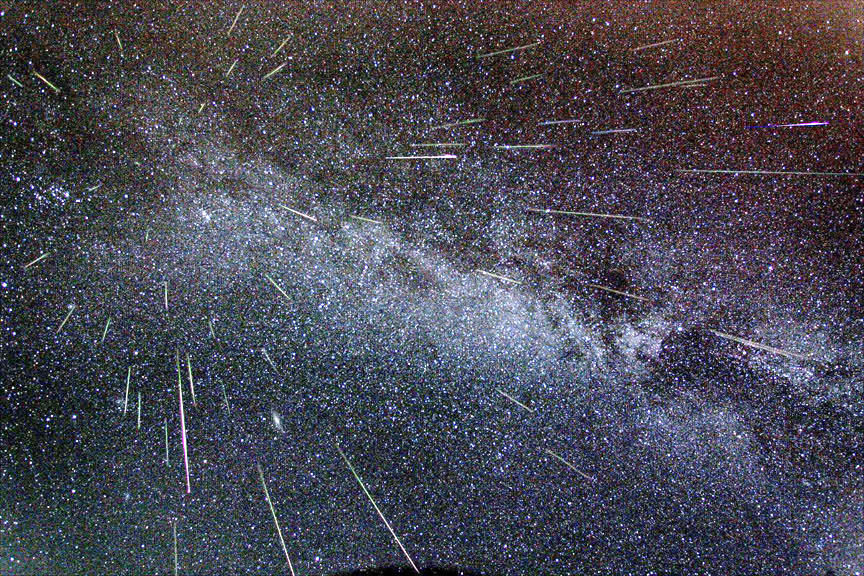It’s no secret that planet Earth is occasionally greeted by rocks from space that either explode in our atmosphere or impact on the surface. In addition, our planet regularly experiences meteor showers whenever its orbit causes it to pass through clouds of debris in the Solar System. However, it has also been determined that Earth is regularly bombarded by objects that are small enough to go unnoticed – about 1 mm or so in size.
According to a new study by Harvard astronomers Amir Siraj and Prof. Abraham Loeb, it is possible that Earth’s atmosphere is bombarded by larger meteors – 1 mm to 10 cm (0.04 to 4 inches) – that are extremely fast. These meteors, they argue, could be the result of nearby supernovae that cause particles to be accelerated to sub-relativistic or even relativistic speeds – several thousand times the speed of sound to a fraction of the speed of light.
Continue reading “There Could be Meteors Traveling at a Fraction of the Speed of Light When They Hit the Atmosphere”
